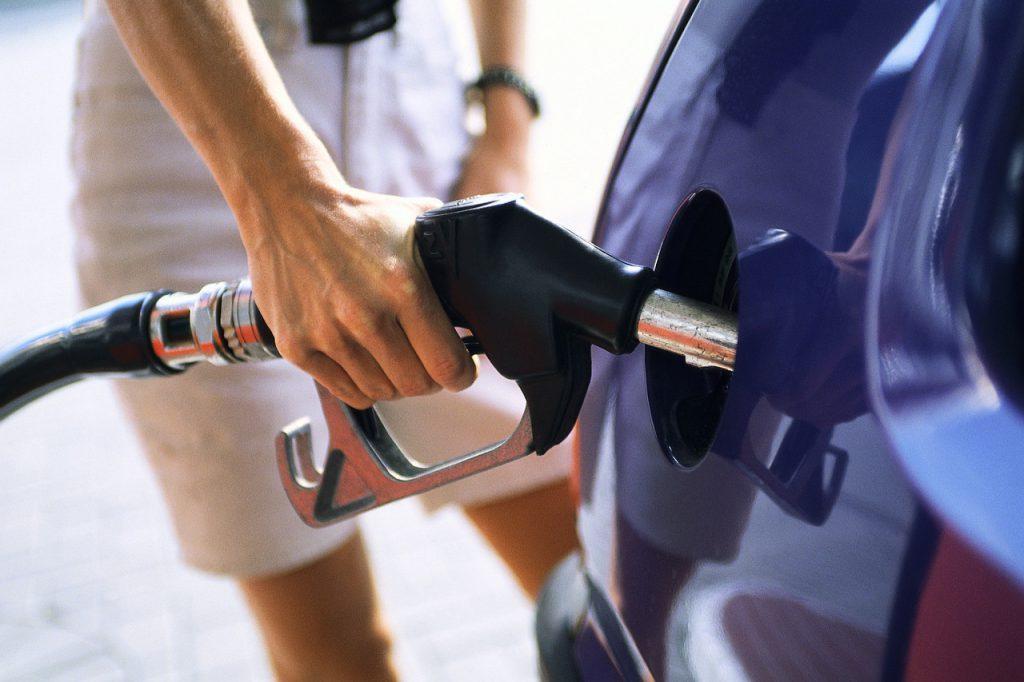Fuel consumption is one of those vital aspects that oscillate the amount of wealth that you have to spend on your car. However, driving fast vs. driving slow can make a difference in fuel consumption. By giving attention to a few reasons, you can boost the overall fuel efficiency of the car.
Here, you will discover the best way to save fuel by figuring out at what speed you should drive your vehicle.
Contents
Driving Fast vs. Driving Slow: Which One is Better?
Finding out whether you should go for slow driving or fast, could be a bit tricky as various factors are involved in this discussion. So, let’s find out what exactly is the best choice for you, right now!
1. Slow speed – upshot
Almost every vehicle has a featured bulge in the hub, indicating the effect of middle, slow, and the fast speed on the consumption of engine fuel. The normal engine entails turning about one thousand-three thousand RPM. Even after enduring at a very slow speed, the gear is still going to be in the lower gear, anyhow. This means that you are spinning many rpm and consequently burns more fuel in every fuel injection. Therefore, in the comparison of driving fast vs driving slow at least slow driving is not the one that you should go for.

See more:
2. Is sweet spot fuel efficient for every vehicle?
By and large, a sweet spot that is the middle speed remains between 30-50mph. At this speed, the air resistance is less and hence results in higher transmission better enough to achieve good distance per rev.
In simple words, the car can reach the middle at a slow speed, easily with a higher load road. Some of the factors that determine the road load include:
Weight fluctuates the amount required to drag the tire. The big SUVs perceptibly weigh more than those of the smallest ones.
Frontal Area depends on the size of the car. The bigger the car is the larger frontal area it has. This is the reason, SUVs have more than double the frontal area than the smallest cars.
The drag coefficient defines the aerodynamic factor of any car due to its shape. The drag coefficient factor of today’s aerodynamic cars is relatively half of some of the pickups and SUVs.
In general, if one drives at the middle speeds, the possibility of good mileage is high. However, you can consider it as one of the best driving tips that not all but most of the aerodynamic cars start to lose mileage at the speed of 60-65 mph.
3. Fuel consumption at fast speed
At the higher speed, the transmission shifts to the higher gears giving the chance to glide at 1000-3000mph. But, the locomotive will turn a lot smaller amount of revs/m, traveled using less fuel. However, when you go slowly, the air opposition is little but raises up 4 times for every speed doubling. Accordingly, more working is required from the engine to overcome the resistance of air. Because of that, the mileage drops along with the increasing velocity, eventually. Hence, while comparing driving fast vs driving slow, driving fast also results in high fuel consumption.
Driving faster guzzles more fuel because of the energy consumed to conquer haul that augments with the speed. Though, for about every car, there is a threshold on top of which, the burning up rises radically. For the majority of the average cars acquire this threshold around 120kmph. The threshold is higher for stronger and harder cars.

Driving Fast vs. Driving Slow: Final Answer
Between driving fast and driving slow, at what speed do cars use fuel most efficiently? The answer depends on many factors, for example, a small car that has a better aerodynamic design will be more fuel efficient when running at high speeds than trucks or large vehicles in general.
Many people believe that driving slowly is one of the experiences to retain the most fuel for the car. However, this is not completely true for all car models. Each model will have a different speed to reduce fuel consumption. In particular, driving too slow or too fast will consume a lot of fuel.
However, don’t misrepresent that driving fast will save fuel better. Because when driving fast, air resistance will be higher than when going slowly. As air resistance increases, the engine will have to work harder to overcome air resistance. This means that the engine needs a lot of fuel.
Note that: each car model has different technical characteristics (engine type, cylinder capacity, capacity, etc.), so there will be different effective and fuel-efficient points. Most gasoline engines work optimally and most economically in the range of 1,200-1,600 rpm, while diesel engines have a wider range and are less stable, but most are below 2,000 rpm. This rotation speed combined with the type of transmission equipped on each vehicle will produce different fuel-saving speed ranges.
Watch more:
Therefore, the driving fast vs driving slow contrast concludes that neither too fast nor too slow, it is beneficial to travel at a moderate speed. Moreover, if you own an economical diesel car, running at 30 mph per every 1000 rpm at 57 mph would be the smartest thing to dwindle the fuel consumption.
We hope that this article will provide you with the useful information to choose the suitable speed while driving your car.




Thanks for technical,fuel-saving information.
I really thank you for that educative information
Great advice
Driveng faste
Great advice
Appreciate to receive research data for dissemination.
Thanks a lot for the useful information